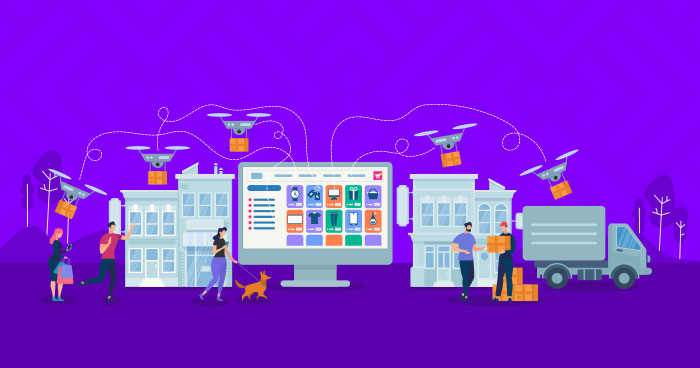E-commerce has transformed the way people shop, breaking geographic barriers and making global markets accessible with just a click. In Pakistan, online shopping has experienced exponential growth, with customers increasingly relying on digital platforms for convenience, variety, and affordability.
For entrepreneurs, the e-commerce sector is one of the most promising opportunities in 2025. With Pakistan’s young population, rising smartphone penetration, and expanding digital infrastructure, now is the ideal time to launch and scale an online business.
Why Invest in E-commerce in Pakistan?
Pakistan is currently among the fastest-growing e-commerce markets in South Asia. Several factors make it a lucrative opportunity:
- Youth-driven market – Over 60% of the population is under 30, and digital adoption is high.
- Growing internet access – Affordable mobile data and widespread smartphone usage fuel online shopping.
- Supportive government policies – Initiatives like digital payment gateways and export facilitation make it easier for entrepreneurs.
- Low entry barriers – With minimal upfront investment, even small businesses can establish a strong online presence.
- Global reach – Pakistani sellers can expand internationally with marketplaces like Amazon, Daraz, and Shopify.
Steps to Launch Your E-commerce Business in Pakistan
Starting an e-commerce business may seem overwhelming, but breaking it into practical steps makes the journey manageable.
Choose the Right Product
Identify products that align with market demand and consumer preferences. Research competitors, assess profit margins, and focus on goods that are unique, scalable, and in demand such as fashion, tech accessories, home décor, or beauty products.
Research Trends and Customer Needs
Stay ahead by tracking industry trends, influencer endorsements, and seasonal demand. Tools like Google Trends, TikTok, and Instagram insights can guide you toward products that are gaining traction.
Find Reliable Suppliers or Wholesalers
A trusted supplier ensures consistent product quality and smooth operations. For entrepreneurs with limited capital, dropshipping is an effective model where suppliers ship directly to customers under your brand name.
Set Up Logistics and Shipping
Efficient delivery is the backbone of e-commerce. Partner with courier services such as TCS, Leopards, or BlueEx for nationwide delivery, and explore DHL or FedEx for international shipments. Offering multiple shipping options (standard, express, and cash-on-delivery) increases customer trust.
Manage Inventory and Storage
If you buy in bulk, secure a warehouse or storage facility to keep your products safe. For smaller businesses, starting from home is cost-effective. Alternatively, use fulfillment services where logistics partners manage storage and delivery on your behalf.
Build a Professional Website
A strong online presence sets your business apart. Invest in a domain and create an e-commerce website that is:
- Mobile-friendly
- Easy to navigate
- Integrated with secure payment options
- Showcasing detailed product descriptions, reviews, and high-quality images
Platforms like Shopify, WordPress (WooCommerce), and Wix make it easy to launch professional stores.
Market Your Business
Without marketing, even the best products go unnoticed. Use these strategies:
- Social media marketing (Instagram, TikTok, Facebook ads)
- Search engine optimization (SEO) to rank on Google
- Influencer collaborations to build trust
- Email marketing to retain customers with offers and updates
Viral content, creative reels, and engaging visuals can massively boost visibility.
Types of E-commerce Business Models
Before launching, define your business model:
- B2C (Business-to-Consumer): Selling products directly to individual buyers.
- B2B (Business-to-Business): Supplying goods/services to other companies.
- C2B (Consumer-to-Business): Individuals offering services/products to businesses (e.g., freelancers).
- C2C (Consumer-to-Consumer): Peer-to-peer selling platforms like OLX or Facebook Marketplace.
Choosing the right model ensures clarity in your operations and long-term sustainability.
Conclusion
E-commerce in Pakistan is no longer an emerging trend it’s a thriving ecosystem. Entrepreneurs who take the leap now can benefit from the country’s rapidly growing digital economy, supportive infrastructure, and global reach.
By selecting the right products, building a professional online presence, and leveraging digital marketing, you can position your business for long-term success. The future belongs to those who embrace e-commerce today.
Suggested Read: How to Generate Leads in 2025








